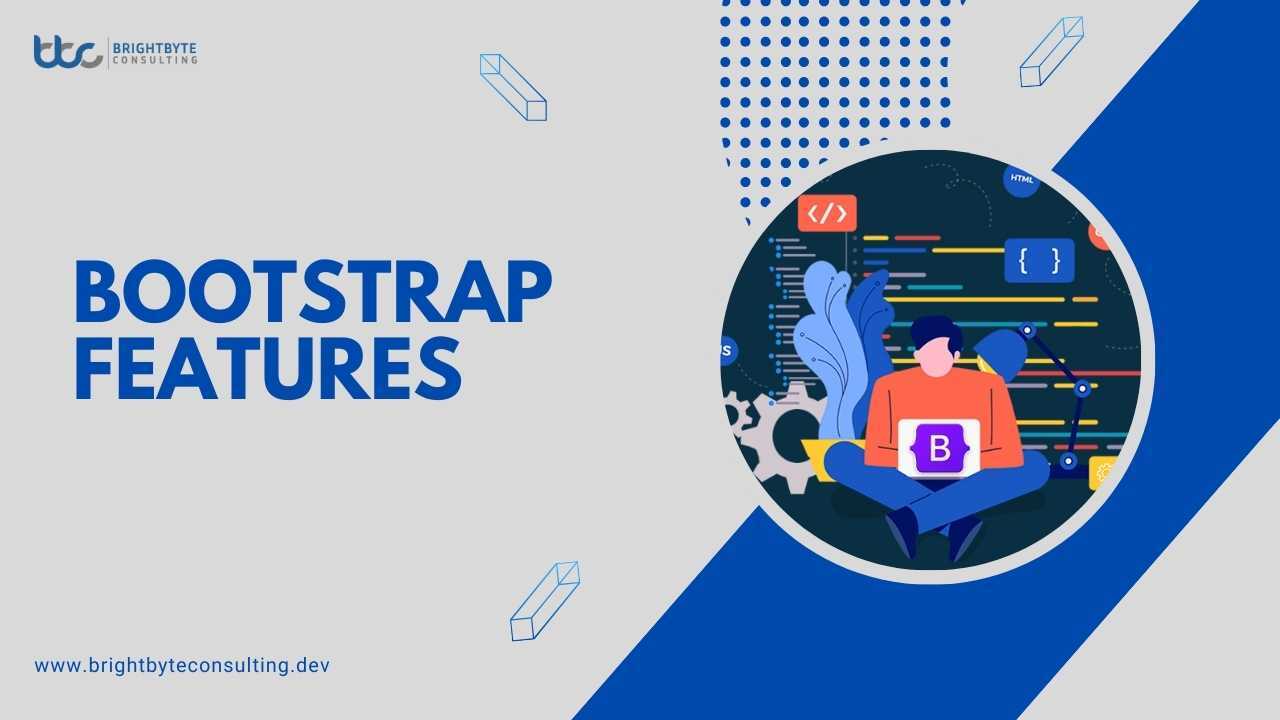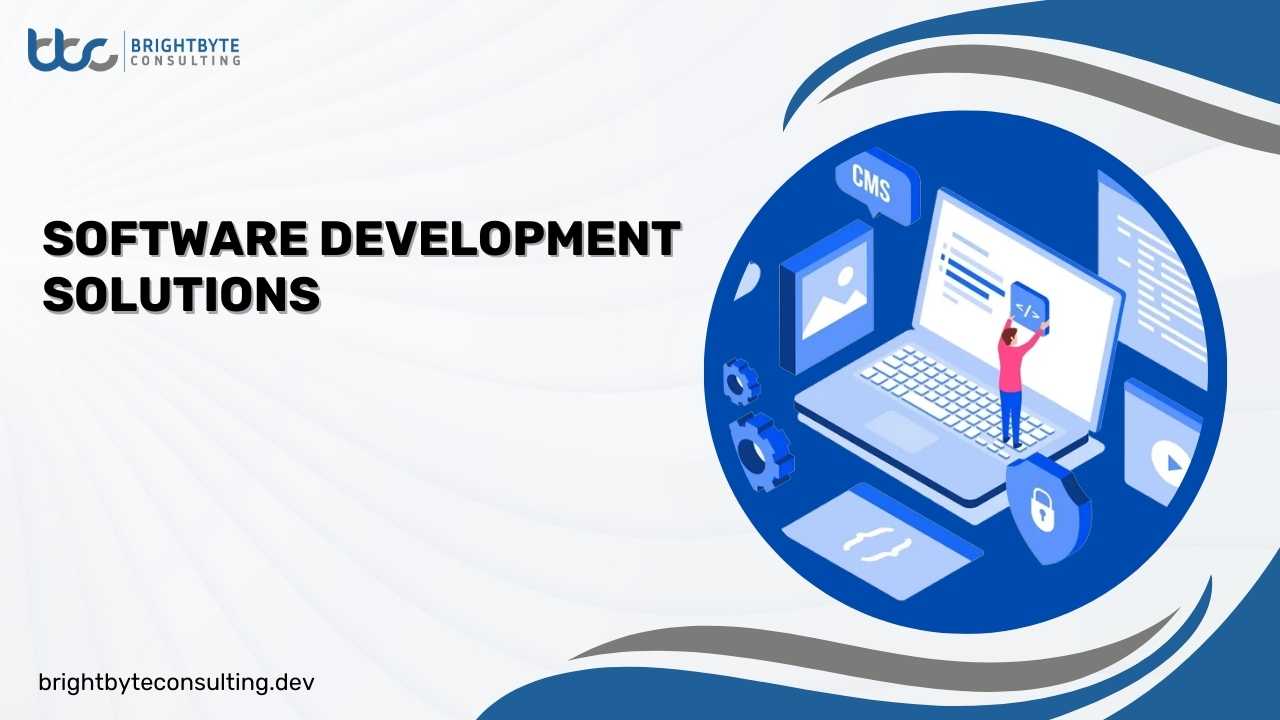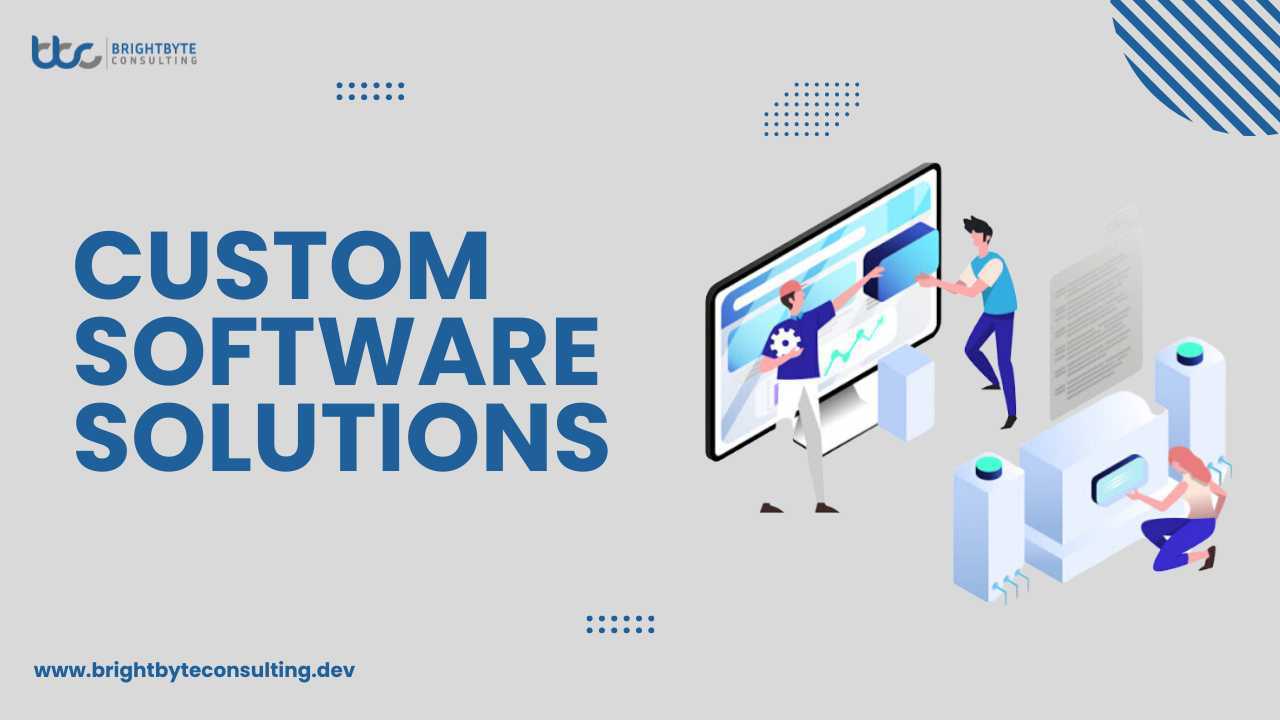When embarking on a significant project, organizations must address talent gaps efficiently to prevent overburdening existing staff with unfamiliar tasks. In the IT industry, two prevalent models for handling this challenge are explored: staff augmentation vs. outsourcing. Each approach has its merits, but determining which to employ depends on various factors.
Both staff augmentation and project outsourcing are distinct models frequently conflated despite their differences. In this analysis, we’ll delve into the benefits, drawbacks, and fundamental disparities between these approaches. By comprehending their strengths and weaknesses, you’ll be equipped to determine the optimal fit for your company’s unique circumstances.
What sets apart these two models, and which one aligns better with your business operations? Fear not, as we’re here to provide guidance on this matter.
What Is Staff Augmentation?
Staff augmentation refers to the practice of hiring external personnel or specialists on a temporary basis to supplement an organization’s existing workforce. These additional staff members typically possess specialized skills or expertise required for specific projects or tasks. The augmented staff work alongside the company’s internal team, integrating seamlessly into existing workflows and processes. This model provides businesses with flexibility in scaling their workforce according to project demands without the long-term commitment associated with traditional hiring.
Pros Of Staff Augmentation
- Flexibility: Staff augmentation allows businesses to quickly scale their workforce up or down according to project requirements without the need for long-term commitments. This flexibility enables companies to adapt to fluctuating workloads more efficiently.
- Access to specialized skills: By hiring external personnel with specific expertise, organizations can access skills and knowledge that may not be available within their existing team. This access to specialized talent enhances the company’s capabilities and enables the completion of complex projects more effectively.
- Cost-effectiveness: Staff augmentation can be a cost-effective solution compared to hiring full-time employees, as companies only pay for the resources they need for the duration of the project. This model eliminates expenses associated with recruitment, training, and employee benefits, resulting in potential cost savings.
- Faster time to market: With staff augmentation, businesses can expedite project timelines by quickly onboarding external talent with the required skills. This accelerated recruitment process helps organizations meet project deadlines and gain a competitive edge in the market.
- Reduced risk: Unlike traditional hiring, staff augmentation mitigates the risks associated with long-term employment commitments. Companies can engage external resources for specific projects or tasks, minimizing the financial and operational risks involved in hiring permanent employees.
Cons Of Staff Augmentation
- Integration challenges: External staff brought in through augmentation may face difficulties integrating into the existing team and organizational culture. This can lead to communication barriers, conflicts, or inefficiencies in collaboration, impacting project outcomes.
- Dependency on external resources: Over-reliance on augmented staff may weaken the internal capabilities of the organization over time. Relying too heavily on external resources can hinder the development of in-house expertise and diminish the company’s long-term competitiveness.
- Coordination and management complexities: Managing a blended workforce consisting of both internal and external team members can be challenging. Coordination efforts may become more complex, requiring additional time and resources to ensure effective collaboration and alignment with project objectives.
- Potential for confidentiality risks: Engaging external resources may expose the organization to confidentiality risks, particularly when dealing with sensitive information or proprietary knowledge. Ensuring proper confidentiality agreements and security measures are in place is crucial to mitigate these risks.
- Limited control over external resources: Staff augmentation resources may have limited loyalty or commitment compared to permanent employees. This lack of control can pose challenges in ensuring consistency, quality, and accountability in project deliverables.
- Higher short-term costs: While staff augmentation can be cost-effective in the short term. Engaging external resources for extended periods may result in higher overall costs compared to hiring permanent employees in the long run. Continuous reliance on augmentation without developing internal capabilities may lead to escalating expenses over time.
What Is Outsourcing?
Outsourcing refers to the practice of contracting specific business functions, processes, or tasks to external third-party service providers rather than handling them in-house. These functions can range from customer support and information technology services to manufacturing, accounting, and human resources. Outsourcing allows companies to leverage external expertise, resources, and efficiencies to streamline operations, reduce costs, and focus on core business activities. It often involves establishing long-term partnerships or agreements with external vendors or offshore providers to handle the outsourced tasks or services.
Pros Of Outsourcing
- Expertise & Specialization: Outsourcing firms specialize in specific fields, offering access to skilled professionals with expertise in those areas.
- Focus on Core Competencies: Outsourcing enables organizations to concentrate on their core business functions while entrusting non-core activities to specialists. This shift in focus can enhance efficiency and competitiveness.
- Access to Global Talent: Outsourcing opens doors to a diverse global talent pool, allowing companies to leverage specialized skills and knowledge that may be scarce locally.
- Scalability: Outsourcing partners often possess the flexibility to adjust their resources swiftly according to the fluctuating needs of your business, facilitating scalability and agility.
Cons Of Outsourcing
- Compromise on Quality: Outsourcing involves delegating control of certain processes, raising concerns about maintaining stringent quality standards and security measures.
- Communication Challenges: Coordinating with remote teams across different time zones can pose communication obstacles, potentially resulting in delays and misunderstandings.
Staff Augmentation vs. Outsourcing
Following table explains the difference between staff augmentation vs. outsourcing:
| Aspect | Staff Augmentation | Outsourcing |
| Definition | Hiring external personnel to supplement existing workforce | Contracting third-party vendors to perform specific tasks |
| Control | Maintains control over project and processes | Relinquishes control over tasks to external vendors |
| Integration | Augmented staff work alongside internal team | External vendors operate independently |
| Flexibility | Offers flexibility in scaling workforce up or down | Provides flexibility in resource allocation and scalability |
| Expertise | Access to specialized skills and knowledge | Access to expertise and specialization through vendors |
| Focus | Maintains focus on core business functions | Allows focus on core competencies while outsourcing tasks |
| Cost | Costs may be higher due to temporary nature of hiring | Potential cost savings due to economies of scale |
| Communication | Communication typically smoother due to integration | Communication challenges due to remote teams and time zones |
| Risk | Mitigates risks associated with long-term commitments | May introduce risks related to quality control and security |
How Can We Help You?
Bright Byte Consulting can assist you in navigating the complexities of talent management and project execution by offering tailored solutions to address your specific needs. Whether you need to augment your existing workforce with specialized skills or outsource specific tasks to external vendors, we can tailor our services to suit your business operations. BBC can help you by providing:
- Customized Solutions
- Expertise and Specialization
- Strategic Guidance
- Risk Mitigation
- Efficiency and Cost-effectiveness
Conclusion
In conclusion, Bright Byte Consulting stands ready to support your organization in achieving success by offering tailored solutions in talent management and project execution. Whether you require staff augmentation to bolster your workforce with specialized skills or seek to outsource specific tasks to external vendors, BBC can provide customized strategies to suit your unique business needs. With our expertise, specialization, strategic guidance, and focus on efficiency and cost-effectiveness. Partner with BBC to unlock your full potential and drive success in today’s dynamic business environment.
FAQs
What is staff augmentation?
Staff augmentation involves hiring external personnel or specialists on a temporary basis to supplement an organization’s existing workforce with specialized skills or expertise required for specific projects or tasks.
What is outsourcing?
Outsourcing refers to the practice of contracting specific business functions, processes, or tasks to external third-party service providers rather than handling them in-house.
How do I decide between staff augmentation vs. outsourcing?
Deciding between staff augmentation and outsourcing depends on factors such as the nature of the project, available resources, budget constraints, and the level of control desired. Evaluating the specific needs and objectives of your organization can help determine the most suitable approach.
What types of tasks or projects are suitable for staff augmentation?
Tasks or projects that require specialized skills or expertise for a limited duration, such as software development, IT infrastructure management, or data analysis, are often suitable for staff augmentation.
When is outsourcing a preferable option?
Outsourcing is preferable for tasks or processes that are non-core to the business, repetitive, or require specialized expertise that may not be available internally. It is also suitable for projects with well-defined deliverables and timelines.











